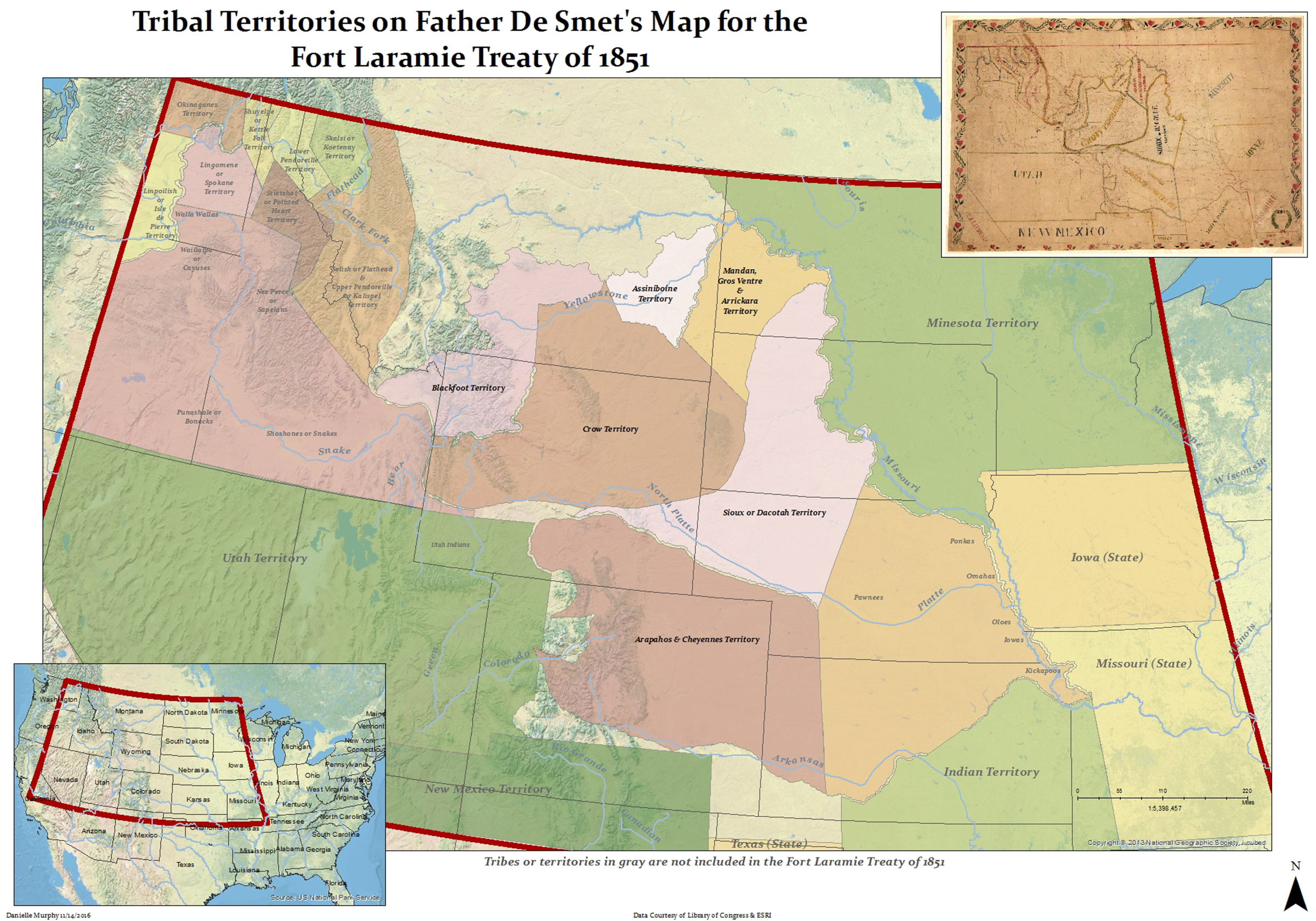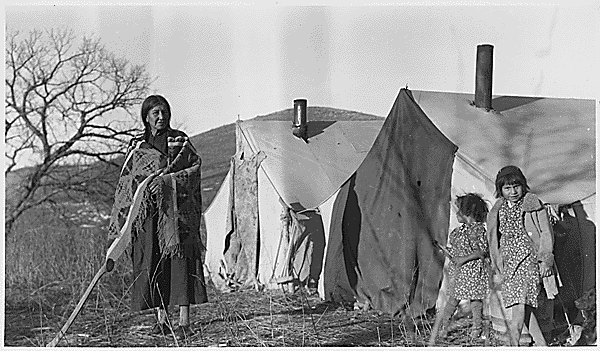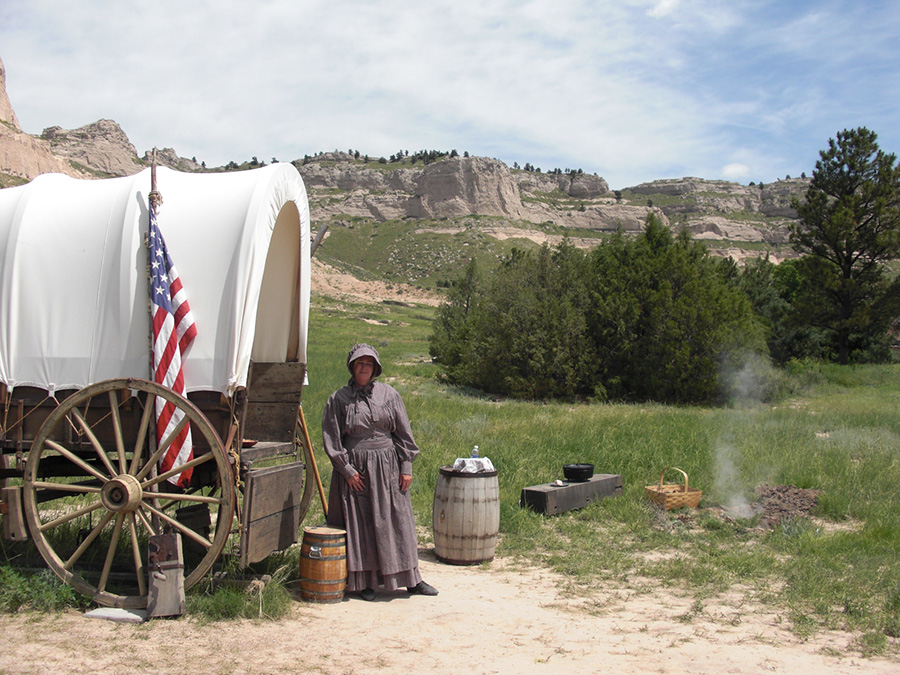Wyoming’s Hidden History: Exploring the State’s Native American Reservations
Wyoming’s Hidden History: Exploring the State’s Native American Reservations

Wyoming, known for its majestic mountains, wide-open spaces, and rugged beauty, is also home to a rich and vibrant Native American history. Scattered across the state are several reservations, each with its own unique culture, traditions, and stories. But you might be surprised to learn that a lot of people don’t even know these reservations exist!
This article will serve as your guide to Wyoming’s Native American reservations, providing an overview of each, their history, and the cultural experiences you can find there. We’ll also tackle some common questions about these reservations and their significance in the state’s overall story. So, grab your map, pack your sense of adventure, and let’s dive in!
Related Articles: Wyoming’s Hidden History: Exploring the State’s Native American Reservations
- Living The Rez Life: A Look At South Dakota’s Indian Reservations
- Arizona’s Indigenous Tapestry: A Look At The State’s Diverse Tribes
- Uncover the Secrets of America's Wealthiest Indian Tribe
- Uncover the Native American Heritage: Discover the State with the Most Indian Tribes
- Unveiling the Treasures of Standing Rock: Discoveries and Insights Await
A History Woven into the Landscape
Wyoming’s Native American history is as vast and diverse as the landscape itself. Before European settlers arrived, the land was home to numerous tribes, each with their own unique languages, customs, and ways of life. The Shoshone, Arapaho, Cheyenne, and Lakota, among others, lived in harmony with the land, relying on its bounty for sustenance and survival.
However, the arrival of settlers brought conflict and displacement. The tribes were forced to cede their lands and were confined to smaller reservations. This period marked a dramatic shift in their lives, forcing them to adapt to a new reality and fight to preserve their culture.
The Reservations: A Glimpse into Wyoming’s Past and Present
Today, Wyoming is home to five federally recognized tribes:
- Wind River Reservation: This reservation, located in central Wyoming, is the largest in the state and is home to both the Eastern Shoshone and Northern Arapaho tribes. The reservation boasts stunning natural beauty, including the Wind River Mountains and the Big Horn River. It’s also a cultural hub, where you can experience traditional dances, ceremonies, and storytelling.
- Fort Washakie Reservation: Situated in the northwest corner of the state, the Fort Washakie Reservation is home to the Eastern Shoshone tribe. Known for its scenic landscapes, including the Wind River Range and the Shoshone River, the reservation offers opportunities for hiking, fishing, and camping. Visitors can also learn about the Shoshone culture at the Fort Washakie Museum.
- Crow Creek Reservation: Located in the northeast corner of Wyoming, the Crow Creek Reservation is home to the Crow tribe. The reservation is a place of rich cultural heritage, where visitors can experience traditional dances, ceremonies, and storytelling.
- Lodge Grass Reservation: This reservation, located in the northeast corner of the state, is home to the Northern Cheyenne tribe. The reservation is known for its stunning natural beauty, including the Bighorn Mountains and the Tongue River. Visitors can learn about the Cheyenne culture at the Northern Cheyenne Cultural Center.
- Arapahoe Reservation: This reservation, located in the southeast corner of the state, is home to the Southern Arapaho tribe. The reservation is known for its rolling hills and wide-open spaces. Visitors can learn about the Arapaho culture at the Arapaho Cultural Center.

Beyond the Reservations: Celebrating Wyoming’s Native American Heritage

Beyond the reservations, Wyoming is home to numerous museums, cultural centers, and historical sites that celebrate the state’s Native American heritage. These institutions offer a glimpse into the past, showcasing traditional art, artifacts, and stories that highlight the resilience and strength of Wyoming’s indigenous people.
The Importance of Understanding and Respect
Visiting these reservations and learning about their history and culture is more than just a tourist experience. It’s an opportunity to gain a deeper understanding of Wyoming’s past and present. It’s a chance to recognize the contributions of Native Americans to the state’s development and to appreciate their unique perspectives on the land and its resources.
As you explore these reservations, remember that you are entering a place of deep cultural significance. Respect the traditions and customs of the people who call these lands home. Be mindful of your behavior and language, and be open to learning from the experiences shared with you.
A Journey of Discovery
Exploring Wyoming’s Native American reservations is a journey of discovery. It’s a chance to connect with the past, to learn about different cultures, and to appreciate the beauty and diversity of the state. So, pack your bags, grab your map, and embark on a journey that will enrich your understanding of Wyoming and its people.
FAQ: Wyoming’s Native American Reservations
1. What are the best ways to learn about the history and culture of Wyoming’s Native American tribes?
- Visit the reservations: This is the most immersive way to experience Native American culture firsthand. You can attend powwows, visit cultural centers, and learn from tribal members.
- Explore museums and cultural centers: Wyoming has several museums and cultural centers dedicated to Native American history and art.
- Read books and articles: There are numerous resources available online and in libraries that provide information about Wyoming’s Native American tribes.
- Attend cultural events: Many communities across Wyoming host events that celebrate Native American culture, such as powwows and art exhibitions.
2. Are there any specific cultural experiences I can have on the reservations?
- Attending powwows: Powwows are vibrant celebrations of Native American culture, featuring traditional dance, music, and storytelling.
- Visiting cultural centers: Cultural centers offer exhibits, demonstrations, and educational programs about the tribes’ history, art, and traditions.
- Learning about traditional crafts: Many reservations offer workshops and demonstrations on traditional crafts, such as beadwork, pottery, and basket weaving.
- Exploring sacred sites: Some reservations have sacred sites that are open to visitors, providing a glimpse into the tribes’ spiritual beliefs.
3. What are the best times of year to visit Wyoming’s Native American reservations?
- Summer: Summer is the most popular time to visit, as the weather is warm and there are many events and activities taking place.
- Fall: Fall offers stunning scenery and cooler temperatures, making it a good time to visit if you want to avoid crowds.
- Spring: Spring is a beautiful time to visit, as the wildflowers are in bloom. However, the weather can be unpredictable.
- Winter: Winter can be a challenging time to visit, as the weather can be severe. However, it is a quieter time to visit and offers opportunities for snowshoeing and skiing.
4. What are some things I should keep in mind when visiting a reservation?
- Respect the culture: Be mindful of your behavior and language, and be respectful of the traditions and customs of the people who call these lands home.
- Ask for permission: Before taking photos or videos, ask permission from the people involved.
- Be aware of sacred sites: Some sites are considered sacred and may be off-limits to visitors.
- Support local businesses: When possible, support businesses owned and operated by tribal members.
5. How can I contribute to the well-being of Wyoming’s Native American tribes?
- Educate yourself: Learn about the history, culture, and current issues facing Native American tribes in Wyoming.
- Support tribal businesses: Purchase goods and services from tribal businesses whenever possible.
- Advocate for Native American rights: Support organizations that work to protect the rights of Native Americans.
- Donate to tribal charities: Support organizations that provide essential services to Native American communities.
By understanding and respecting the unique cultures and histories of Wyoming’s Native American reservations, we can all contribute to a more inclusive and equitable future for the state. So, let’s embrace the opportunity to learn, to listen, and to celebrate the richness of Wyoming’s Native American heritage!

Closure
Thus, we hope this article has provided valuable insights into Wyoming’s Hidden History: Exploring the State’s Native American Reservations. We hope you find this article informative and beneficial. See you in our next article!


